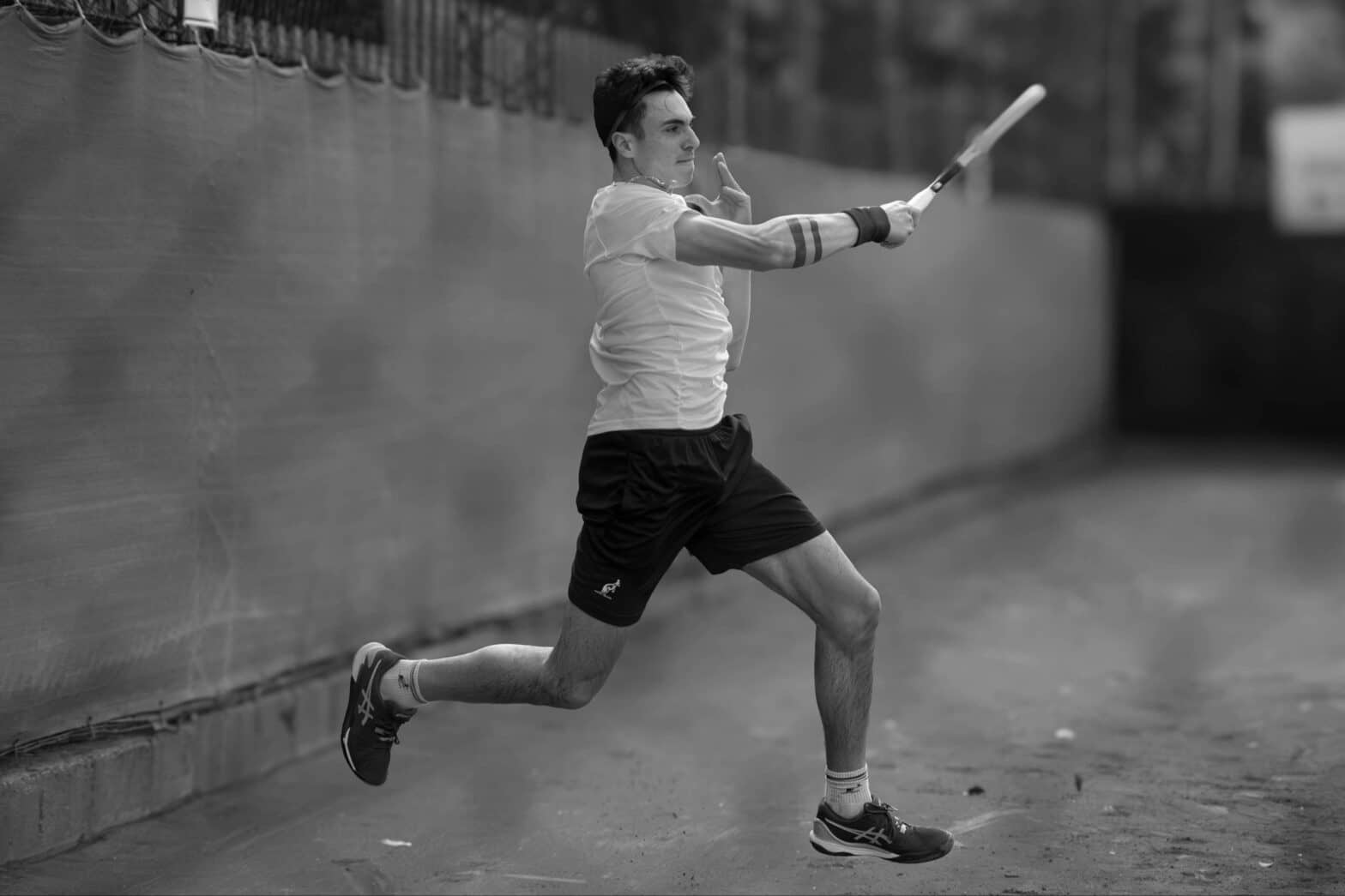Pickleball has quickly grown in popularity as a sport thanks to its low-impact nature and all-age accessibility. However, as with any sport, pickleball injuries are a real concern. In this blog post, the team from Orthopedic Specialists S.C. explains common pickleball injury treatment modalities and preventative solutions.
Common Pickleball Injuries
Common pickleball injuries are similar to injuries seen in tennis players due to the similar nature of the sports. Specifically, repeatedly swinging pickleball rackets and quickly changing directions lend themselves to repetitive motion injuries and strain.
Strained Shoulder
Swinging a pickleball racket involves a lot of overhead motions, so strained shoulders are not uncommon. The repeated arcing motion of a downswing puts wear and tear on the shoulder muscles and tendons, which can cause discomfort and pain during regular pickleball games and during daily activities.
Ankle Sprains
Pickleball players are constantly shifting their weight and momentum as they move around the court, meaning that ankle sprains and other similar leg injuries are a possibility. Ankle strains can harm tendons and ligaments, causing pain, swelling, and tenderness in the affected area.
Tennis Elbow
Since it involves much of the same arm motions as tennis, pickleball players can also develop tennis elbow. Tennis, or pickleball, elbow is caused by aggravated tendons in the elbow, which cause pain when you try to flex your wrist away from your palm.
Spinal & Neck Injury
Pickleball involves a lot of twisting and movement in the torso, and overextending this movement can cause neck and back strain.
Pickleball Injury Treatment Modalities
Below are some of the most popular treatment options for various injuries associated with pickleball.
Icing & Rest
Icing and rest are two of the primary management techniques for muscle strains and sprains. Icing prevents swelling and dulls the pain, while elevating the injured limb facilitates faster healing.
Physical Therapy
Physical therapy might be the best solution, depending on the nature of the injury. Physical therapy involves several exercises and routines under professional guidance to reduce pain, restore functionality, and increase strength in the affected areas.
NSAIDs
Doctors might also prescribe non-steroidal anti-inflammatory drugs such as aspirin or ibuprofen for pickleball injury treatment.
Surgery
In extreme cases, surgery might be the correct option for pickleball injuries. Surgical intervention can target extreme cases of tendonitis, such as tennis elbow or Achilles tendonitis, and fracture care. Most of the time, though, surgery will not be necessary.
Preventing Pickleball Injuries
The best way to deal with a pickleball injury is to not sustain one in the first place. Below are some of our expert tips on preventing pickleball injuries.
Stretch Beforehand
Before engaging in any mild to moderate exercise, stretch and warm up properly beforehand. It doesn’t matter exactly what you do to warm up, as long as you engage your body and get your heart rate up. For example, you can take a quick five-minute jog to loosen your muscles or do some yoga. Stretching and warming up your muscles reduces the chances of strains and joint damage while also increasing your athletic performance.
Use the Right Shoes
Pickleball involves a lot of footwork, so it’s imperative that players have footwear with appropriate traction and ankle support. Wearing the right shoes will reduce the risk of ankle sprain and prevent knee injuries from improper movements. Shoes should also have appropriate cushion and support to prevent plantar fasciitis and injuring your arches.
Practice Your Technique
Good pickleball technique can help prevent unnecessary strains and injuries. Poor paddle and torso position can strain your back and neck, and swinging incorrectly can cause tennis elbow and other types of inflation in the arms, shoulders, and back. Make sure you practice your technique and form with an expert who can provide proper guidance.
Don’t Overexert Yourself
Like with any sport, it’s important to know your physical limits and not overexert yourself. Pickleball is known as a low-impact sport, but exertion can happen at all skill levels. Make sure to take frequent breaks and drink plenty of water when you play so you can reduce the risk of injury and get the most out of your exercise.
Cool Down After
Once you are done playing pickleball, make sure you do a short cool down workout, such as a jog or more stretching. Cool down exercises can significantly reduce the risk of sustaining overuse injuries and also reduce muscle soreness after exercise.
Contact an Orthopedic Specialist Today!
We have been providing personalized patient care for over three decades. If you require pickleball injury treatment, contact Orthopedic Specialists S.C. online or call today at (630) 782-9600 to schedule an appointment; one of our sports medicine specialists is standing by!

